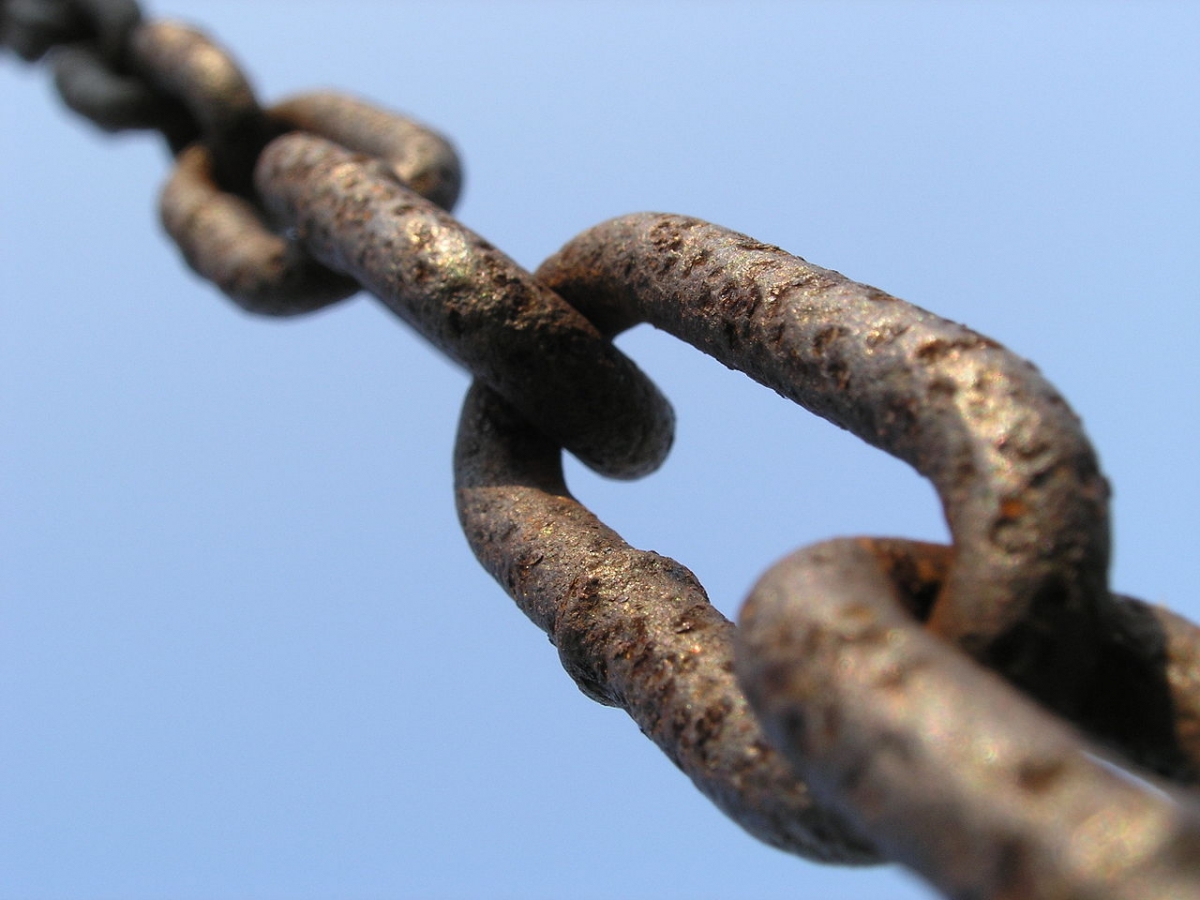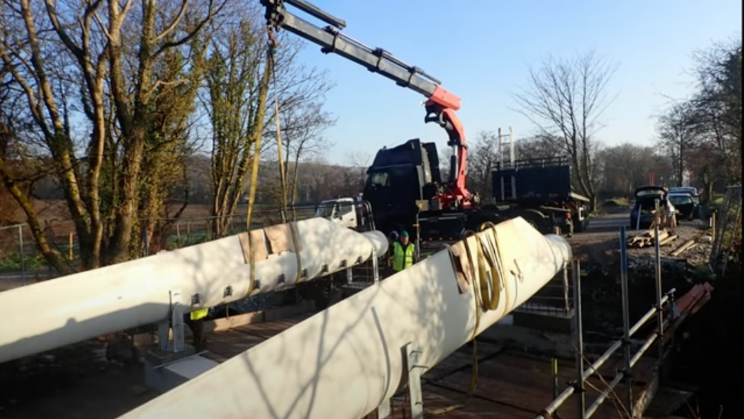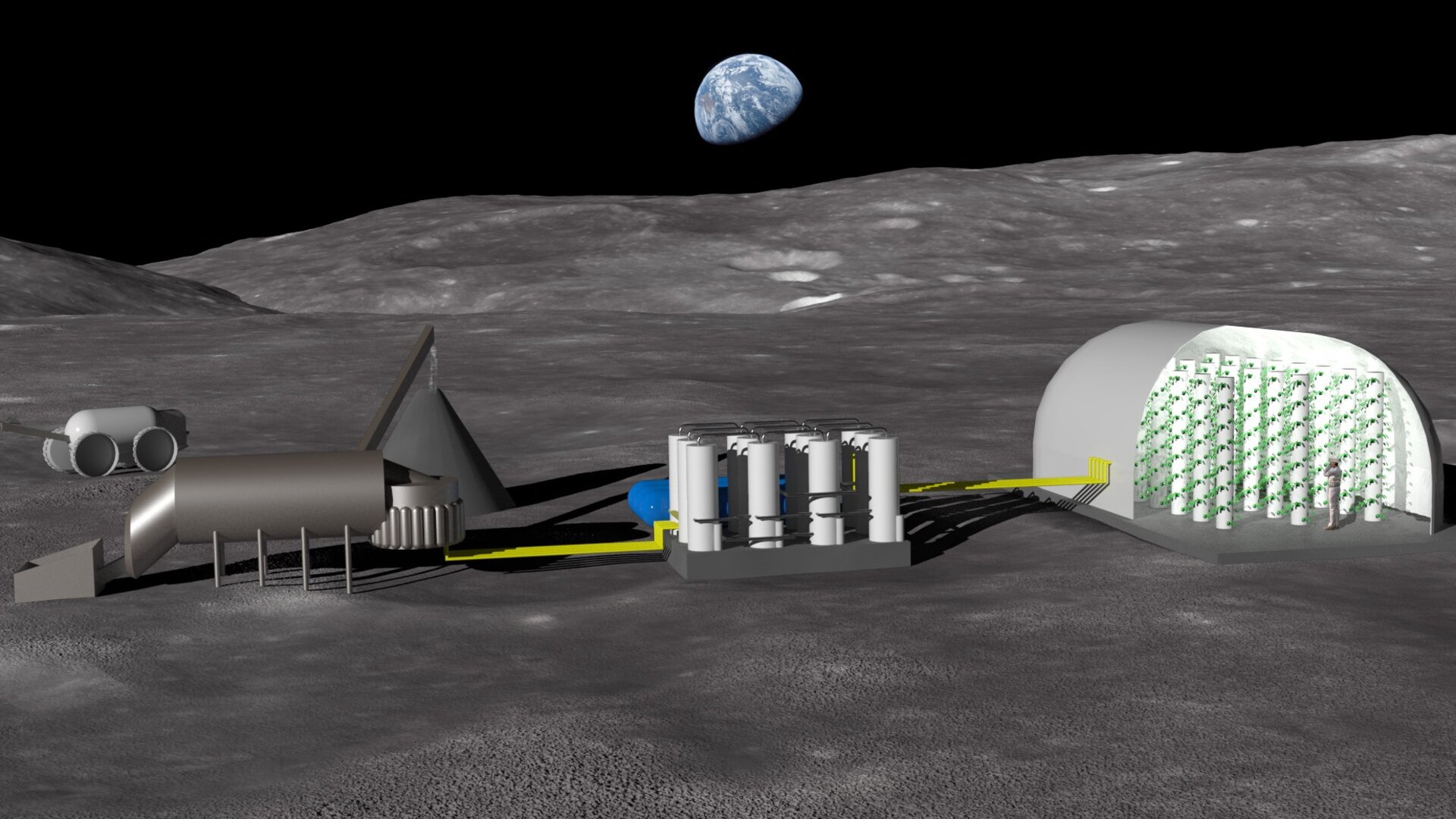Digital Supply Chains
Supply chains, in a nutshell, transform raw materials into products and then supply those products to consumers. Supply chains can be formal, that is, managed from resource extraction to delivery to customers or they can be unmanaged with little or no coordination between different links in the supply chain.
The Emergence of Modern High-Tech Supply Chains
Modern supply chains that are formal have developed as a result of the increasing complexity of national and international markets. The existence of new technologies such as the internet and mobile devices have spurred on supply chains so that factories are now digitally connected with regional and international suppliers and distributors.
Further contributing to the emergence of new supply chains and technology is the huge numbers of people now shopping on the internet which allows anyone living anywhere in the world to buy a product from a company located anywhere in the world. This has been a boon to businesses both large and small; small businesses now have customers everywhere.
Upstream vs. Downstream Supply Chain
To understand the supply chain, both “upstream processes” and “downstream processes” must be considered. As products get closer to the end user, the further downstream a company in the supply chain is; and the closer a product is to run material extraction or production, the further upstream it is considered to be.
The Emergence of Blockchain Technology in Supply Chains
As expected, supply chains are becoming extremely complex with dozens or even hundreds of links in the supply chain. And as we know, a chain is only as strong as its weakest link. As a result, companies like Microsoft are now offering blockchain supply chain technology to companies in a wide array of industries.
Blockchain technology is made up of a network of decentralized servers that receive and record data from sensors. All participants in the supply chain have access to servers in the supply chain. Information transmitted is not editable and therefore is more secure. Block chain technology also allows all participants in the supply chain to perform safety and quality audits in real time.
The following video, “IBM Watson IoT Platform and Blockchain . . . .” shows how the IoT and Blockchain can be used to securely store information about shipments as they passed through multiple carriers to their final destination.







